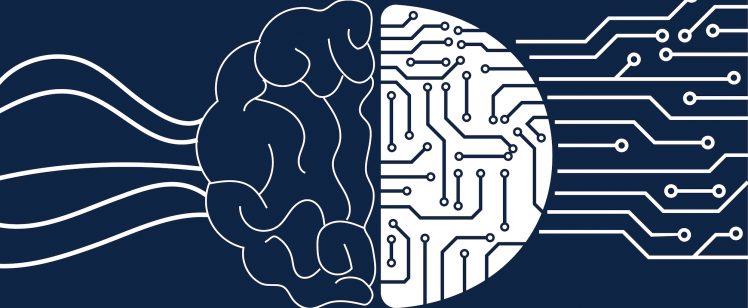-
Urgenci’s AI for Dummies
We’ve all heard of AI, but how much do we know about it, really? We’re asked to put our online searches, business decisions, and yes—even our very lives—in the hands of these algorithms, all without questioning how they work.
Here, we present our “AI for Dummies” guide, designed to help introduce the inner workings of AI and machine learning to the non-technical.
What Is Artificial Intelligence?
Broadly, AI is the study of training machines to perform human tasks. It’s a system of programming that lets machines learn from past experience, grow with new inputs, and generally become more human-like in function.
While futurists and science fiction authors have historically treated AI as a techno-marvel (usually taking the form of self-aware androids or all-knowing, all-seeing entities a la Skynet), the truth is a little more grounded.
AI is merely a tool that’s capable of replicating specific elements of human ability—nothing more, nothing less.
What Is Machine Learning?
Most conversations around AI include some mention of machine learning. Heck, the two are often used interchangeably, even by those in the industry who should really be making those distinctions. They’re not exactly the same, and understanding the difference will help you get a better handle on what AI can and can’t do.
Machine learning is a subset of AI programming. As the name suggests, its goal is to give computers the tools they need to process information in the same way as the human brain. This is done by applying specific lines of code (models) that make it easier for machines to find patterns in data sets and draw conclusions from that data.
In short, giving them “examples” of problems they can use as a groundwork to better understand what future problems may come up. Think of machine learning as the “brain” behind AI.
AI Integration Is Occurring Everywhere
The process of using machine learning to improve a device’s intelligence is known as the machine learning lifecycle. Here’s how it looks:
- Asking the machine a question
- Collecting response data
- Training the algorithm
- Testing the algorithm
- Collecting feedback
- Using feedback to improve the algorithm
- Repeat
AI powered by machine learning builds on itself to continually improve accuracy and performance over time.
Easy examples are personal assistants like Siri or Cortana that become acclimated to a user’s preferences, or even profiles on Smart Home technologies programmed to adjust the user’s environment based on specific triggers. The technology is becoming so widespread that even once-simple applications like Spotify and Pandora are integrating machine learning components to create a better user experience.
All of this is great from a productivity standpoint but, it raises rightful questions about the future of automation as it applies to the job market.
Will AI Replace Us?
There’s no easy way to say this. Yes. Many rote jobs are at risk for automation in the coming years. However, we must reiterate that AI’s primary role is to augment specific tasks, not replace jobs wholesale.
For example, AI is able to analyze sales call data at speeds far faster than a human. But clearly, AI hasn’t advanced enough to completely automate the calling itself, or balance the delicate process of salesmanship that is needed to convert a lead into a customer over the phone.
Right now, the capabilities of AI are limited by its need for information. Machine learning only works when enough data is fed into the system to allow the machine to establish patterns:
- Large volumes of data
- Specific, granular data
- Highly diverse data
While customer service management is an ideal fit for this framework, other industries are struggling to find ways to bring in this massive amount of information. This is the primary sticking point of AI and why people shouldn’t worry about their jobs just yet. AI is growing and becoming an inseparable part of the tech world, but as of now, it’s still a tool that’s being explored.
Urgenci

